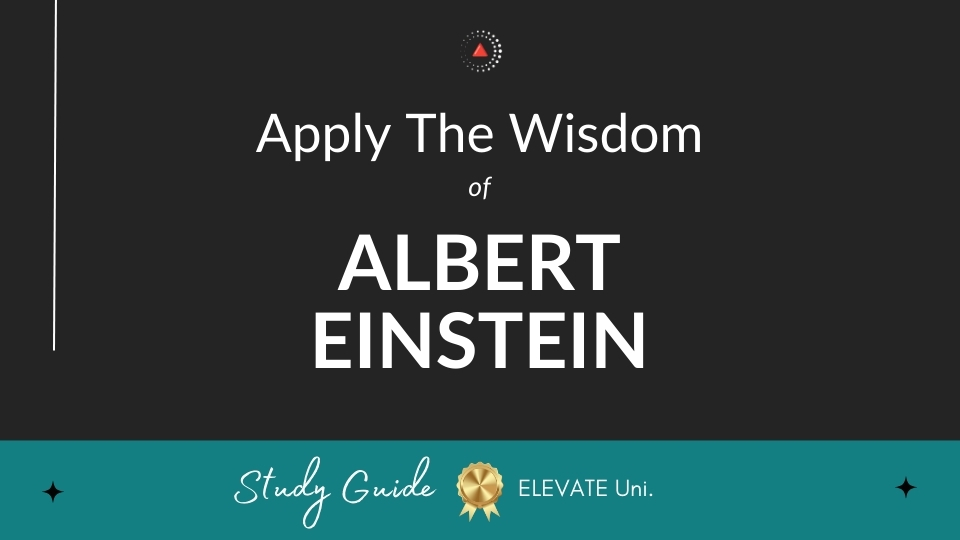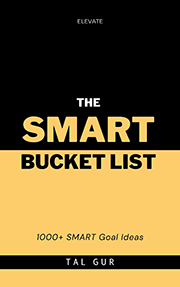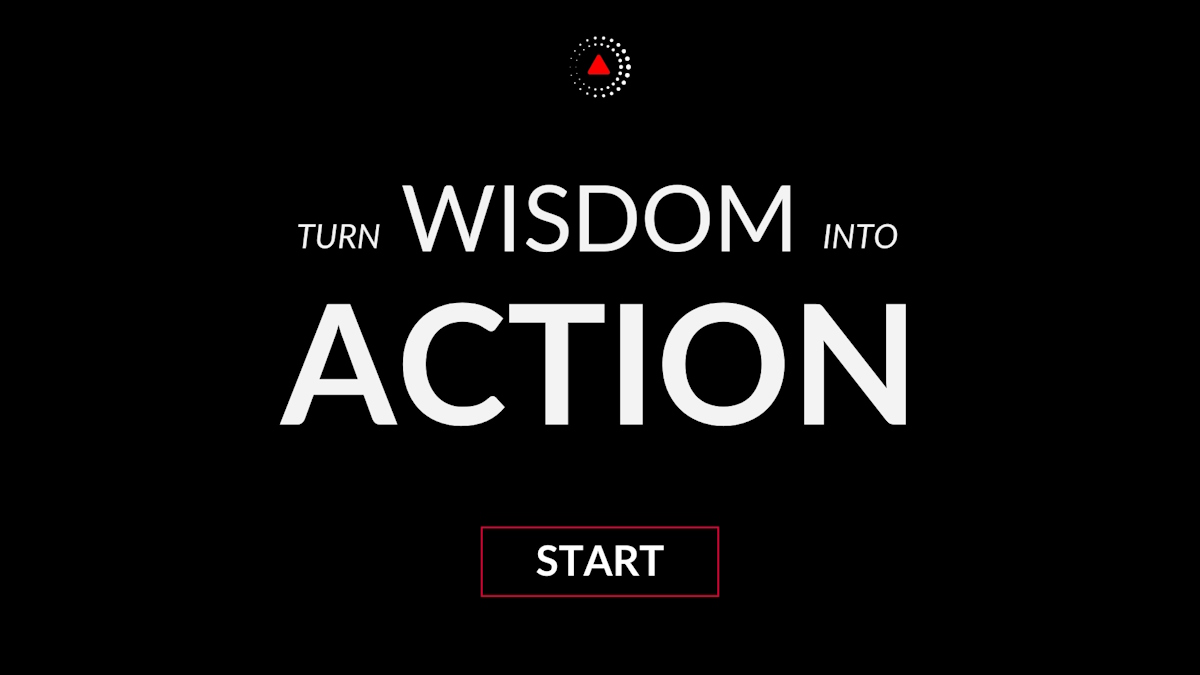What a sad era when it is easier to smash an atom than a prejudice.
What's the meaning of this quote?
Quote Meaning: The quote, "What a sad era when it is easier to smash an atom than a prejudice," encapsulates a profound observation about the state of humanity. At first glance, it draws a stark comparison between two seemingly unrelated endeavors: scientific advancement and social progress. On one hand, the smashing of an atom represents the pinnacle of human achievement in the realm of physics and technology, symbolizing our ability to understand and manipulate the fundamental building blocks of the universe. On the other hand, prejudice symbolizes the deeply ingrained biases and discriminatory attitudes that persist in society, hindering human relationships and impeding the realization of true equality.
The comparison between smashing an atom and overcoming prejudice serves to highlight the paradoxical nature of progress in the modern world. While scientific and technological advancements have accelerated at an unprecedented pace, progress in addressing social issues such as prejudice has been slower and more arduous. This disjunction speaks to the complexities inherent in human nature and societal dynamics. Despite our remarkable feats in unraveling the mysteries of the cosmos and harnessing the forces of nature, we continue to grapple with age-old challenges related to identity, inequality, and intolerance.
The quote also underscores the moral imperative of addressing prejudice in contemporary society. By juxtaposing the difficulty of smashing an atom with the persistence of prejudice, it emphasizes the urgency of combating discrimination and bigotry. It suggests that while we may possess the knowledge and capability to manipulate the physical world in profound ways, we still struggle to transcend the barriers erected by prejudice and intolerance. In doing so, it calls attention to the ethical dimension of scientific and technological progress, reminding us that true advancement must be accompanied by a commitment to justice, equality, and human dignity.
Furthermore, the quote prompts reflection on the priorities of society and the allocation of resources. In a world where significant investments are made in scientific research and technological development, the persistence of prejudice raises questions about the distribution of attention and resources. It challenges us to reconsider our values and aspirations as a global community, prompting us to reevaluate the metrics by which we measure progress and success. After all, what good is it to conquer the outer reaches of space or unravel the mysteries of the universe if we cannot conquer the biases and prejudices that divide us as human beings?
Ultimately, the quote serves as a poignant reminder of the interconnectedness of scientific progress and social justice. It urges us to recognize that true advancement cannot be achieved through technological innovation alone, but must also encompass a commitment to fostering empathy, understanding, and respect among all individuals and communities. In this sense, the quote transcends its immediate context to convey a timeless message about the importance of addressing prejudice and discrimination in pursuit of a more equitable and harmonious world.
Who said the quote?
The quote "What a sad era when it is easier to smash an atom than a prejudice." is often attributed to Albert Einstein (Bio / Quotes). Albert Einstein was a German physicist and Nobel Prize winner who is widely regarded as one of the most influential scientists in history.
Applying the quote to your life
Unlock Einstein's wisdom and apply it to your life by getting the in-depth Albert Einstein Workbook & Study Guide, complete with top quotes, insightful commentary, reflective questions, and practical uses for everyday life.
To apply more wisdom, get the All-Access Pass, which includes hundreds of study guides from the world's top minds. These include deep insights from individuals such as Nelson Mandela, Steve Jobs, and Albert Einstein, as well as some of the top authors and personal development books.
What are Albert Einstein's Best Quotes?
Watch on Elevate's YouTube channel and be sure to subscribe for more wisdom and insights from the world's top minds.

Subscribe on YouTube to get the latest quote videos delivered straight to you:
Is there a historical example that illustrates the message of the quote?
The quote, “What a sad era when it is easier to smash an atom than a prejudice,” resonates powerfully with the events surrounding the atomic bombings of Hiroshima and Nagasaki during World War II. In 1945, the United States dropped atomic bombs on these Japanese cities, marking the first and only use of nuclear weapons in warfare. The destructive power of these bombs was unprecedented, obliterating entire cities and causing immense loss of life in an instant. The technology and scientific knowledge required to harness atomic energy were incredibly advanced, demonstrating human ingenuity and capability on an unprecedented scale.
However, while the technological advancements of the atomic age showcased humanity’s ability to manipulate the fundamental building blocks of matter, the era also highlighted a grave and persistent social problem: prejudice. In the aftermath of the bombings, the devastation left in Hiroshima and Nagasaki was not merely a consequence of warfare but also a manifestation of deep-seated prejudices and political motives. The decision to use atomic bombs was influenced by a complex web of geopolitical strategies, racial prejudices, and a desire to quickly end the war, which overshadowed the moral considerations of the civilian suffering it caused.
This historical example underscores the quote’s message by illustrating how the technological achievement of smashing an atom was achieved with relative ease compared to the persistent, complex, and deeply rooted nature of prejudice. The ability to create a weapon of mass destruction contrasts sharply with the difficulty of overcoming ingrained biases and prejudices, which continue to plague societies long after technological advancements have been made.
How can the quote be applied in a real-life scenario?
In everyday life, the quote serves as a profound reflection on the challenges of addressing social biases compared to achieving technological feats. For instance, consider a modern workplace environment where diversity and inclusion initiatives are being implemented. An organization might invest heavily in state-of-the-art technology to streamline operations, enhance productivity, and innovate. However, despite these advancements, the real challenge often lies in dismantling existing prejudices and fostering a genuinely inclusive environment.
Imagine a company where new technologies are adopted to optimize performance and drive growth. While these technologies can be integrated relatively smoothly, the process of changing the organizational culture to combat unconscious biases, promote equal opportunities, and ensure fair treatment for all employees is far more challenging. Prejudices based on race, gender, age, or other factors can subtly influence decision-making, hiring practices, and interpersonal relationships within the company. Addressing these biases requires continuous education, self-reflection, and a commitment to systemic change, which can be much more difficult than implementing new software or hardware.

The quote highlights that while technological progress can advance rapidly and visibly, the process of confronting and overcoming personal and institutional prejudices requires persistent effort and introspection. It reminds us that while we may excel in fields like science and technology, the work needed to build a just and equitable society is often more complex and requires a deeper, more nuanced approach.
Chief Editor
 Tal Gur is an author, founder, and impact-driven entrepreneur at heart. After trading his daily grind for a life of his own daring design, he spent a decade pursuing 100 major life goals around the globe. His journey and most recent book, The Art of Fully Living, has led him to found Elevate Society.
Tal Gur is an author, founder, and impact-driven entrepreneur at heart. After trading his daily grind for a life of his own daring design, he spent a decade pursuing 100 major life goals around the globe. His journey and most recent book, The Art of Fully Living, has led him to found Elevate Society.



























